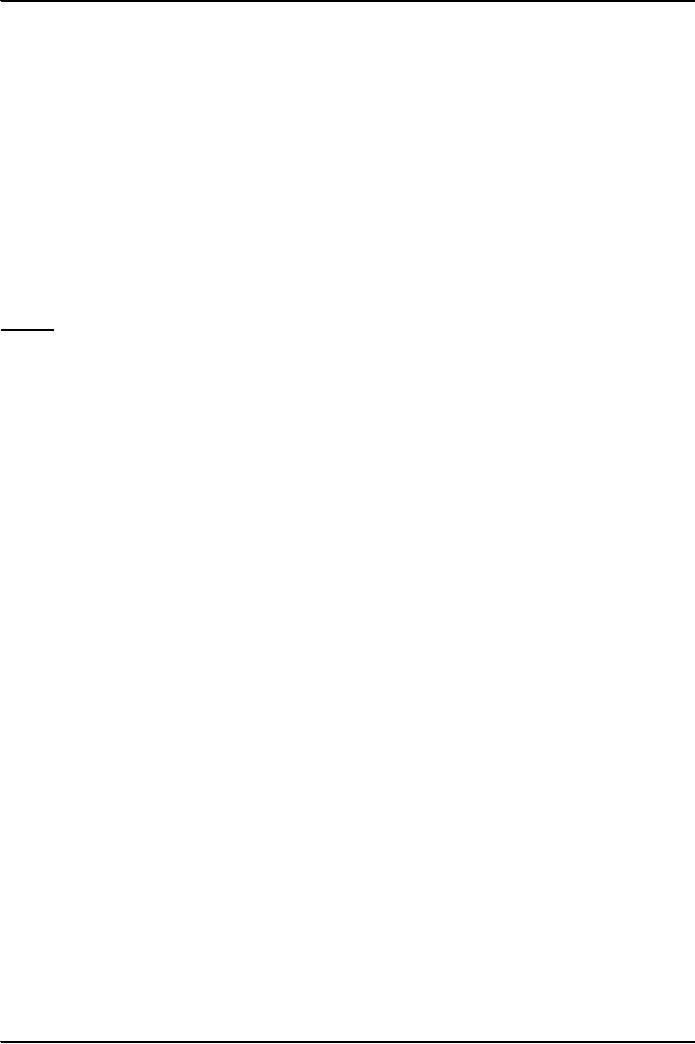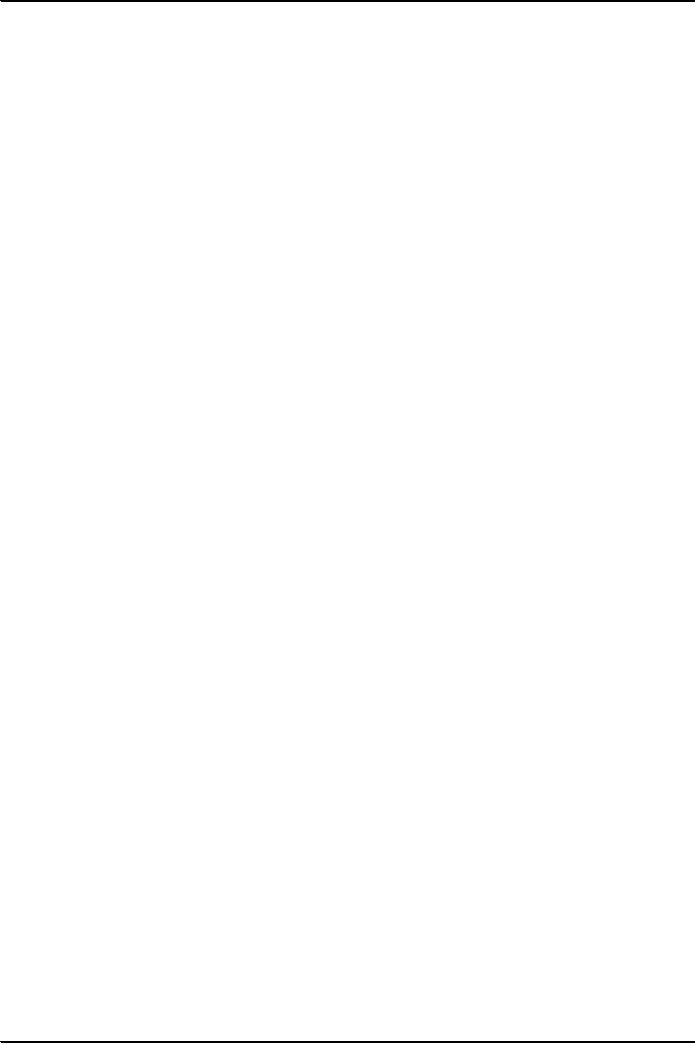 |
ISSUES IN EDUCATION:Low Enrollment, High Dropout, Gender Disparity |
| << FUNCTIONS OF SCHOOLING:Cultural Innovation, School Tracking |
| POPULATION STUDY AND ITS SIGNIFICANCE:Crude Birth Rate >> |

Introduction
to Sociology SOC101
VU
Lesson
34
ISSUES
IN EDUCATION
Background
Pakistan
has yet to cover a long
way on the road to one hundred
percent literacy of its
population. From
around
40 percent literacy in 1998 it
has moved to an estimated 54 percent in
2004. There are gaps
between
the
literacy levels of males and
females as well as between
rural and urban populations. The
Government of
Pakistan
is pursuing the policy of Education for
All (EFA) and expects
that by 2015 all children
will
complete
primary education. Another claim is to
eliminate gender disparity in education by 2005.
These may
be
tall claims but not
something, which is
unachievable.
Despite
the Government efforts to increase the
number of Primary schools, the number of teachers,
and
the
school enrollment, the absolute number of
non-literates is swelling. It has
increased from 22 million
in
1961
to 69 million in 2004. The
private -sector, public-private
partnerships, and the
non-governmental
organizations
are making their efforts to
combat illiteracy but the achievements
are clouded by a variety of
factors
like the increasing population, the
availability of resources, and the
politics of education. In
the
pursuit
of the policy of Education for
All there are a number of
issues that have to be
considered.
Issues
Low
Enrollment
It
is estimated that out of the
total school-going age children around 50
percent are not in school.
There
could
be number of reasons for children
not being in school. Poverty may be
one of the most
important
reasons.
Primary schooling may be free,
still there are many
other indirect costs related
to sending the child
to
school uniform, stationery, food,
contributions to some other
school funds, etc. But of
all these costs,
the
most important cost appears
to be the "opportunity cost" that the
parents have to forego for
sending
their
child to school. The child
might be working or could work at
some place and could
bring some
income
to the family. By sending the child to
school the parents shall
have to forego that income,
which
may
be necessary for their survival.
This is a big issue and the
parents have strong rationale for
it.
High
Dropout
Of
the children entering the school at grade
one, 50 percent of them dropout
prior to their completion
of
primary
stage of schooling. There could be number of
reasons no fun at school, no
class stimulation,
corporal
punishment, teacher discrimination, poor health,
lack of schooling's vocational
usefulness, parental
demand
for child's employment. Many of these
factors appear to be relevant to the
school environment,
which
seem to be devoid of any
attraction for the child
from the lower class.
Consequently, there is
high
dropout
rate of children.
Gender
Disparity
Gender
disparity in the estimated literacy rates
shows that of males 66
percent were literate whereas
of
females
42 percent were literate in 2004.
This disparity is expected to be wider in the
rural areas. One of the
reasons
could be the lack of facilities for the
female education and other,
perhaps the most
important,
discouraging
societal attitude towards the schooling
of girls.
Inequalities
in Education
Inequalities
can be looked at from
different angles gender
inequalities, rural-urban inequalities,
public-
private
school inequalities, and
inequality due to the medium of
instruction. This is where the
followers of
conflict
school of thought are very critical of
the inequalities built into the
structure of the society, which
are
recreated,
reinforced, and perpetuated by the schooling
system.
Low
budgetary Allocations
Educational
institutions are often under
resourced which may be reflective of the
priority being given to
education
thereby low financial allocations. Even
the use of whatever is allocated
has administrative
difficulties.
Delayed release of funds, and
misuse of funds (ghost schools)
have negative impact on
the
quantity
as well as quality of
schooling.
81

Introduction
to Sociology SOC101
VU
Within
the education sector, higher education
levels at college and university
get bigger chunk of
budget
than
at the lower level. Poor section of the
population is expected to be minimal at
the higher level, which
implies
that the system is supportive of the
`better of', thereby perpetuating the
inequalities.
Standard
of Pedagogy
Quality
of teaching depends upon the
quality of teachers. In Pakistani
schools, at the foundation level
the
teachers
have been having very low qualifications,
and, in turn are also
low paid. The focus has
been more
on
rote learning rather than on the development of the
whole child. The
authoritarian approach has
been
often
accompanied by corporal punishment, which
terrorizes the students, particularly
from the poor
families,
and drives them away.
Recently there has been
some policy change with the
up gradation of the
qualifications
of Primacy School Teacher, which
may have some positive
impacts on the classroom
environment.
Poor
School Environment
A
substantial number of schools have
been found to be poorly
organized and devoid of facilities.
Facilities
may
refer to the availability of the teachers as
well as the infrastructure facilities reflecting the level of
school
enrichment.
At places schools are
without an appropriate building [A government
survey's revelation that
14000
schools in Sindh did not
have any building. Eighty
percent had no electricity, 60 percent
had no
boundary
wall or drinking water facility,
and 57 percent had no toilets.
(Reported
in the Dawn, editorial, May
21,
2005)], and
the necessary classroom equipment. The
students have to beat the
severities of weather with
the
only
choice of dropping out of the
school, and that is not a
good choice. Although the
local community
may
partly contribute in improving the
physical facilities, but the ultimate
responsibility, particularly with
respect
to the provision of staff, rests with the
government.
Quality
of Textbooks
Provision
of education is one thing
and what are the contents of education
being provided is another. At
the
school level all books being taught are
prescribed by the government and produced by the
Provincial
Textbook
Boards. What is being imparted through
these books and what is their
quality are the issues to
be
discussed.
A recent evaluation of the textbooks by
Sustainable Development and Policy
Institute generated
a
lot of debate about the kind of
indoctrination we want to live with. On
the whole the books appear to be
least
child friendly.
Quality
of Curricula
In
order to meet the changing
demands of time the curricula has to be
continuously updated. Since the
experts
are often critical of the out-dated
curricula being followed in our
system of education, therefore it
needs
attention.
Examination
System
The
examination system is fast loosing it
credibility.
82
Table of Contents:
- THE ORIGINS OF SOCIOLOGY:Auguste Comte, The Fields of Sociology
- THE SOCIOLOGICAL PERSPECTIVE:Society affects what we do
- THEORETICAL PARADIGMS:Salient Paradigms, Critical Evaluation
- SOCIOLOGY AS SCIENCE:Empirical, Verifiable, Cumulative, Self-Correcting
- STEPS IN SOCIOLOGICAL INVESTIGATION:Exploration/Consultation
- SOCIAL INTERACTION:Social Status, ROLE, The Social Construction of Reality
- SOCIAL GROUPS:Primary and Secondary Groups, Reference Group, Networks
- ORGANIZATIONS:Utilitarian Organizations, Coercive Organizations
- CULTURE:Universality, Components of Culture, Symbols, Language
- CULTURE (continued):Beliefs, Norms, Cultural Diversity
- CULTURE (continued):Culture by social class, Multiculturalism, Cultural Lag
- SOCIALIZATION: HUMAN DEVELOPMENT, NATURE, Social Isolation
- UNDERSTANDING THE SOCIALIZATION PROCESS
- AGENTS OF SOCIALIZATION:The Family, The School, Peer Groups, The Mass Media
- SOCIALIZATION AND THE LIFE COURSE:CHILDHOOD, ADOLESCENCE
- SOCIAL CONTROL AND DEVIANCE:Crime, Deviants, Stigma, Labeling
- THE SOCIAL FOUNDATIONS OF DEVIANCE:Cultural relativity of deviance
- EXPLANATIONS OF CRIME:Sociological explanations
- EXPLANATIONS OF CRIME -- CONTINUED:White-Collar Crime, Conflict Theory
- SOCIAL DISTRIBUTION OF CRIME: EXPLANATIONS, Gender and Crime
- SOCIAL STRATIFICATION: INTRODUCTION AND SIGNIFICANCE
- THEORIES OF CLASS AND STRATIFICATION – I:Critical evaluation
- THEORIES OF SOCIAL CLASS AND STRATIFICATION – II
- THEORIES OF CLASS AND SOCIAL STRATIFICATION – III
- SOCIAL CLASS AS SUBCULTURE
- SOCIAL MOBILITY:Structural factors, Individual factors, Costs
- THE FAMILY: GLOBAL VARIETY, Marriage Patterns, Patterns of Descent
- FUNCTIONS OF FAMILY:Reproduction, Social placement
- FAMILY AND MARRIAGE IN TRANSITION:Family is losing functions
- GENDER: A SOCIAL CONSTRUCTION, Gender socialization
- GENDER SOCIALIZATION:Role of family, Gender Stratification
- EXPLANATIONS OF GENDER INEQUALITY:Conflict Explanations, Feminism
- FUNCTIONS OF SCHOOLING:Cultural Innovation, School Tracking
- ISSUES IN EDUCATION:Low Enrollment, High Dropout, Gender Disparity
- POPULATION STUDY AND ITS SIGNIFICANCE:Crude Birth Rate
- THEORY OF POPULATION GROWTH:Theory of Demographic Transition
- POPULATION PROFILE OF PAKISTAN:World Population Growth
- POPULATION PROFILE OF PAKISTAN (Continued):Age Distribution, Sex Composition
- IMPLICAIONS OF POPULATION GOWTH:Additional GDP needed per year
- POPULATION POLICY:Goals of Population Policy, Objectives, Strategies
- ENVIRONMENT AND SOCIETY:Global Dimension, Historical Dimension
- ENVIRONMENTAL ISSUES:Preserving Clean Water, Clearing the Air
- SOCIAL CHANGE:Social change is controversial.
- CAUSES OF SOCIAL CHANGE:Culture and Change, Conflict and Change, Modernization
- MODERNITY AND POST MODERNITY:Cultural Patterns, Post-modernity